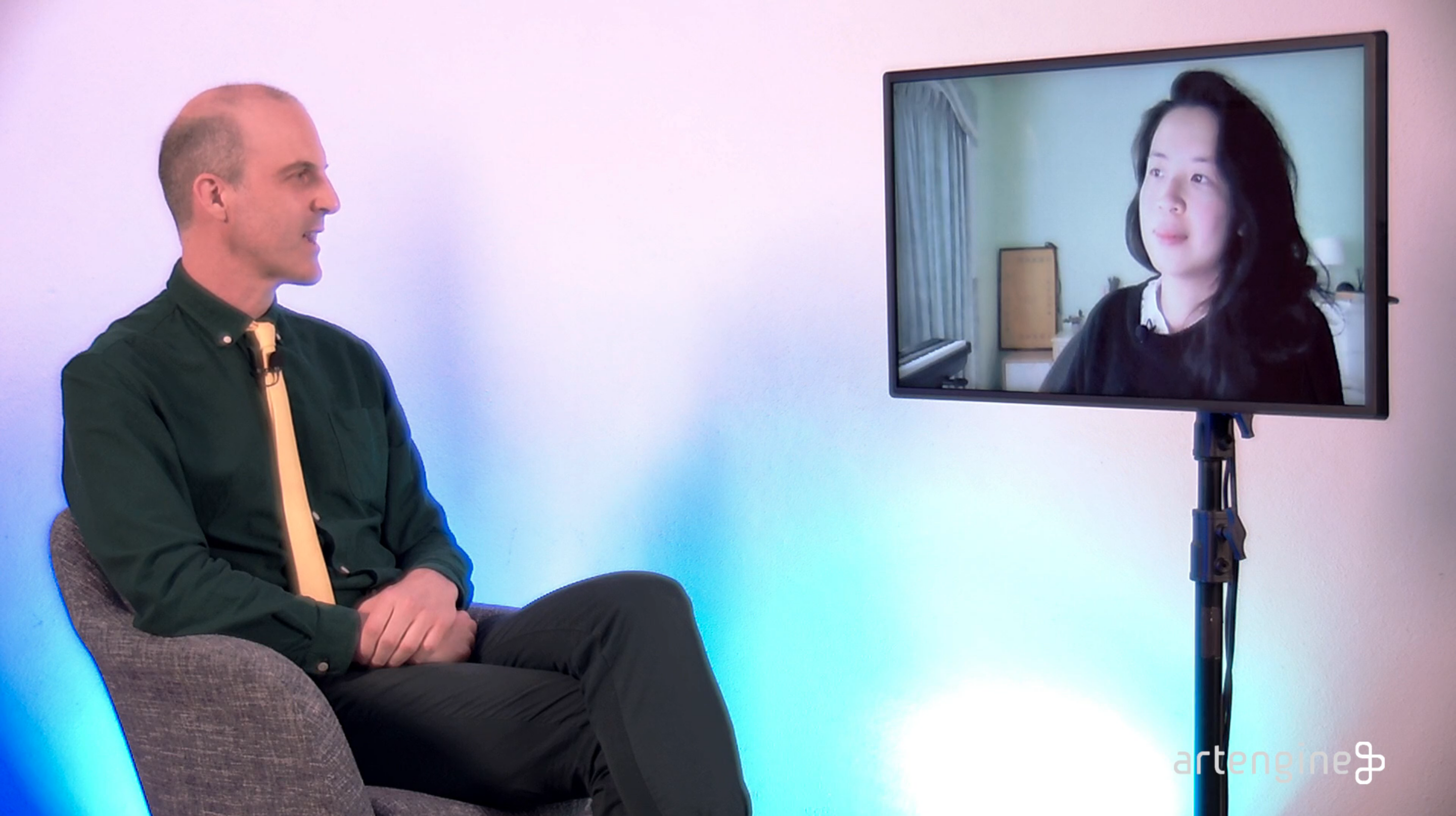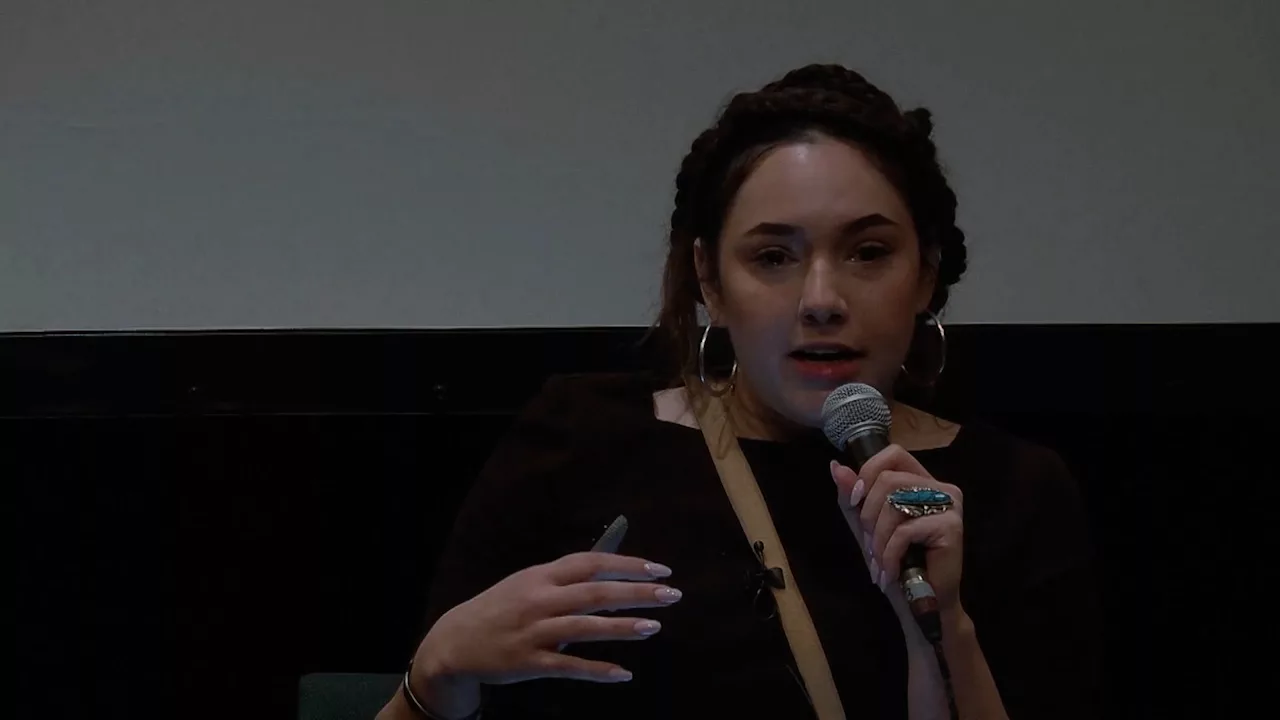I think you’ve exactly hit on it here.
There’s no incentive for those who currently have access to resources to make space.
Even if they, morally, want others to take part in this, there’s a finite number of resources.
There’s a scarcity mindset and so to allow others in can feel quite threatening. Although we see in the sector folks saying the right things
–about not wanting to support decades of oppressive systems and exclusion–
there really aren’t a lot of incentives to make room because the assumption is,
“By making that space, I will lose opportunities.”
I did some work with Dance in Canada around the Decolonizing Canadian Dance project, and it’s the same situation where we have all these forms of dance that have been excluded, mainly, because we have assumptions about what professional dance looks like:
there’s a stage,
there’s an audience,
there are tickets.
As soon as you start allowing in Bharatanatyam or other forms of culturally specific, non-Western dance, you’re putting an even greater strain
on presenting spaces,
on resources,
on training,
on mentorship.
And dance is already struggling, without an influx of new forms.
So, yes, there’s this pull, like morally, we need to be more inclusive and representative of the populations that you see in our cities and in our country, but then what happens to the opportunities that ‘I’ used to have access to.
I think that that’s a hard conversation that we’re not quite willing to have yet, mainly, because it can be very scary, especially if it happens in public.


